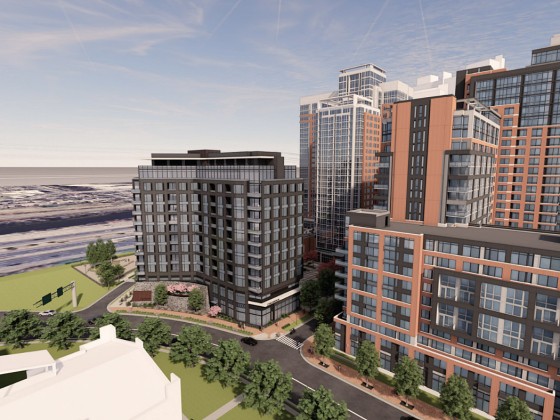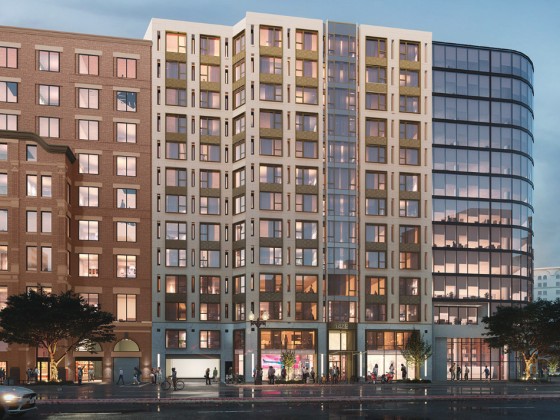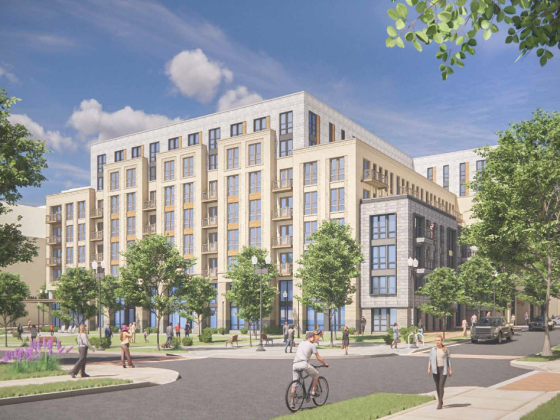What's Hot: 110-Unit Condo Project Planned in Alexandria Coming Into Focus | DC's Most Anticipated Restaurant To Open Its Doors
 Ten Years Later, Trying to Close a Rent Control Loophole in DC
Ten Years Later, Trying to Close a Rent Control Loophole in DC
✉️ Want to forward this article? Click here.
As DC continues to reckon with its dearth of affordable housing, some laws that passed years ago but were never implemented, are resurfacing. One of those is the Rent Control Amendment Act of 2006.
The law amended the original rent control law passed in 1985 to put in place the following provisions:
- Eliminating rent ceilings and rent ceiling adjustments that haven’t been approved in accordance with petitions;
- Creating parameters for how much and how often landlords can raise the rent on vacant and occupied apartments; and
- Requiring that the Mayor issue reports on establishing an income-based set aside program.
While rent ceilings have been abolished and the latter provision has arguably been realized through the creation of inclusionary zoning, landlords have long been able to take advantage of the vacant-unit loophole over the years in order to increase profits and remove units from rent control restrictions.
story continues below
loading...story continues above
As written, the rent increase parameters would restrict landlords from raising the rent on a given vacant unit to no more than 10-30 percent above the previous rent paid on the unit. While landlords have been known in recent years to renovate vacant apartments or common areas as a trade-off to renting those apartments at market rate, this amendment would allow that landlord to raise the rent by 10 percent, if a “substantially identical” unit in the same complex is renting for that amount. The rent on a vacant unit cannot be raised any higher than what is charged for a “substantially identical” unit in the same complex.
The amended law also would limit rent increases on occupied apartments to only once a year and clarifies the standard for rent adjustments. Landlords would only be able to raise rents by as much as the published adjustment of general applicability, plus 2 percent, except in cases of a landlord petitioning for a rent increase, or 10 percent (whichever is less); the increase would be adjustment of general applicability, plus 2 percent, or 5 percent for seniors or persons with disabilities (whichever is less).
The Rental Housing Commission, an independent quasi-judicial body, had been tasked with enforcing enactment of the amendments to the city’s rent control laws and publishing the annual standards for rent adjustments, among other things. However, the Commission has only recently caught up with a backlog of cases related to landlord-tenant issues, and only got around to drafting enforcement of the Rent Control Amendment Act in fiscal year 2016.
As of now, that draft has gone through several rounds of review; however, the DC Council Committee on Housing and Neighborhood Revitalization has expressed concern that individuals and business stakeholders have not been involved in commenting on the draft prior to the regulations being published for public comment.
Correction: The rent increase parameters for vacant and occupied apartments have been clarified per information from the Office of the Tenant Advocate.
See other articles related to: affordable housing, affordable housing dc, rent control, rent control dc
This article originally published at https://dc.urbanturf.com/articles/blog/ten_years_later_closing_a_rent_control_loophole/12926.
Most Popular... This Week • Last 30 Days • Ever

A look at the closing costs that homebuyers pay at the closing table.... read »

3331 N Street NW sold in an off-market transaction on Thursday for nearly $12 million... read »

Paradigm Development Company has plans in the works to build a 12-story, 110-unit con... read »

The development group behind the hotel has submitted for permit review with DC's Hist... read »

The map and text amendment applications that were filed with the Commission last Octo... read »
- How Do Closing Costs Work in DC
- Georgetown Home Sells For $11.8 Million, Priciest Sale in DC In 2024
- 110-Unit Condo Project Planned in Alexandria Coming Into Focus
- Georgetown Hotel That Is Partnering With Jose Andres Looks To Move Forward
- The Zones That Could Lead To More Development in Chevy Chase Set To Go Before Zoning Commission
DC Real Estate Guides
Short guides to navigating the DC-area real estate market
We've collected all our helpful guides for buying, selling and renting in and around Washington, DC in one place. Start browsing below!
First-Timer Primers
Intro guides for first-time home buyers
Unique Spaces
Awesome and unusual real estate from across the DC Metro














